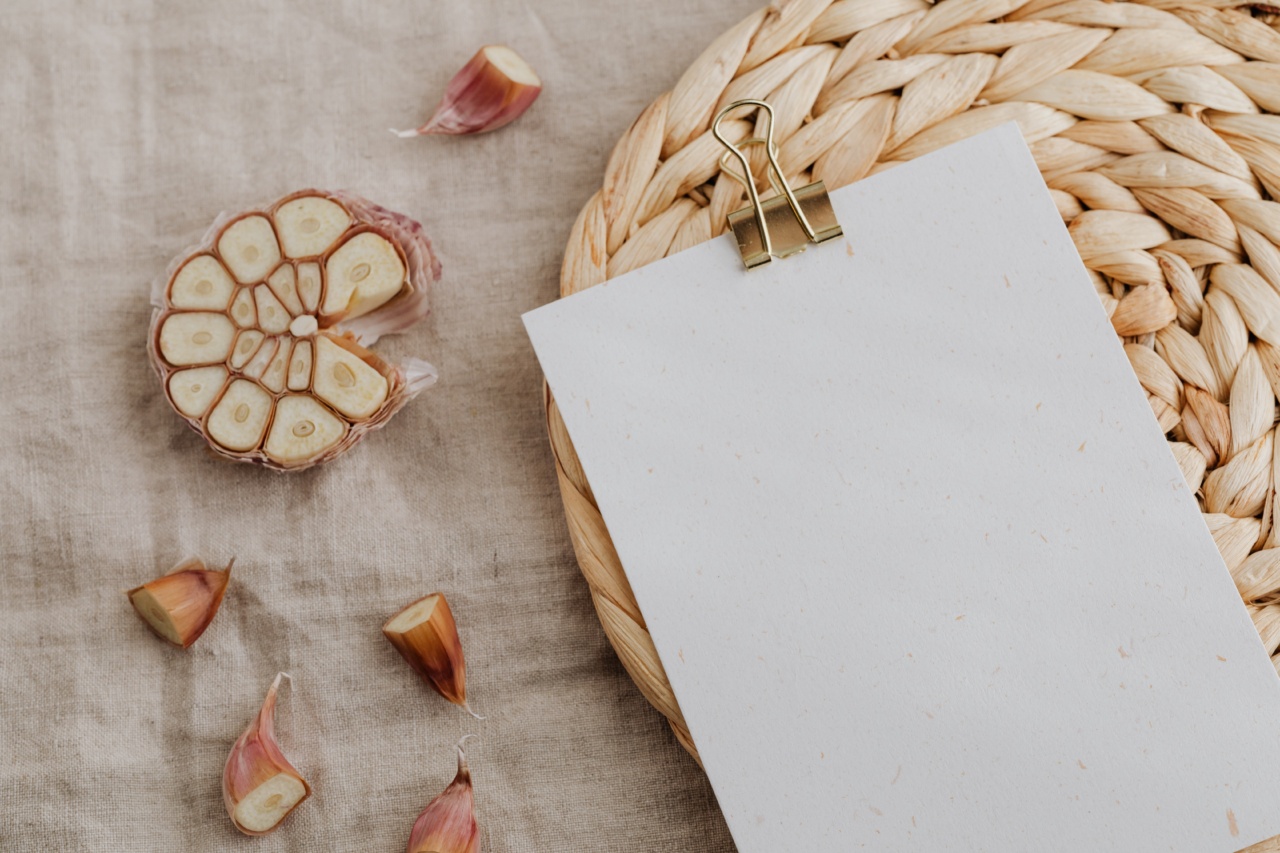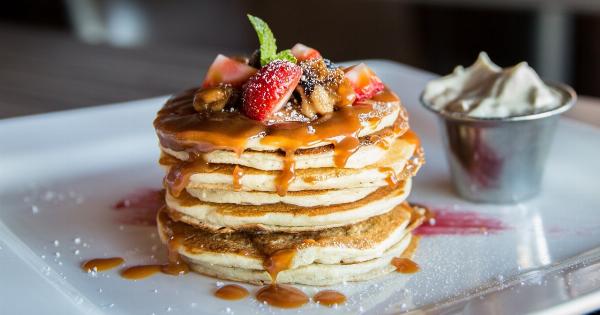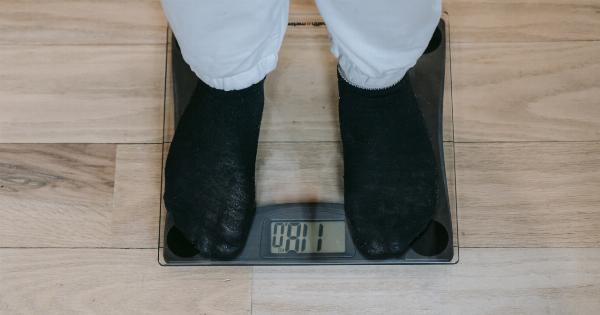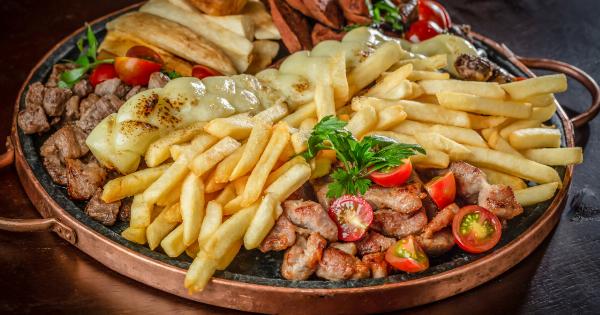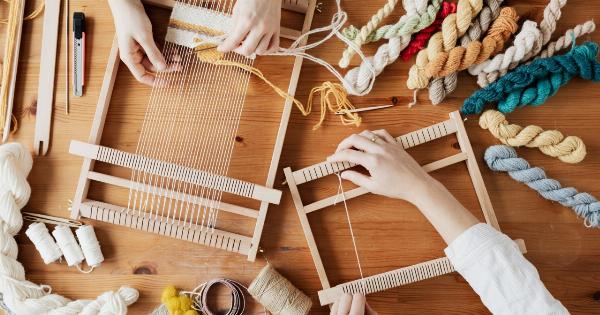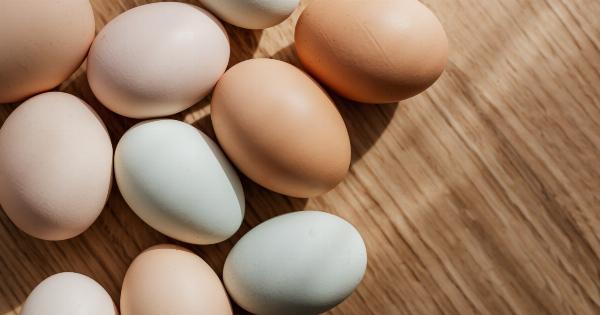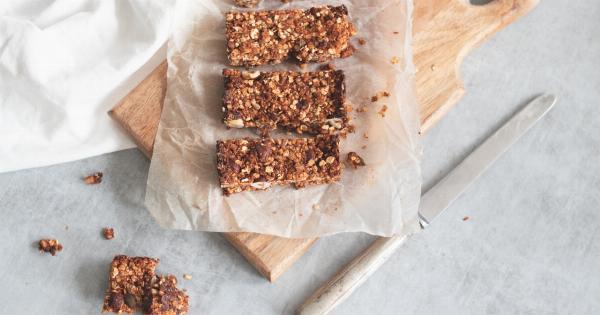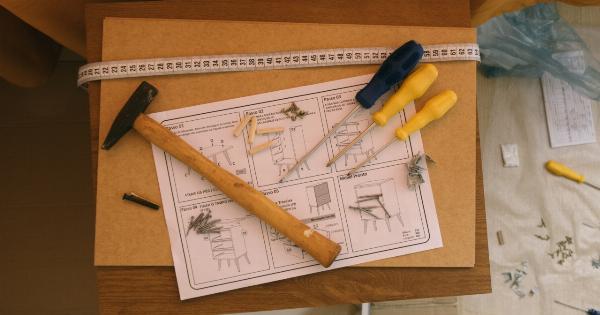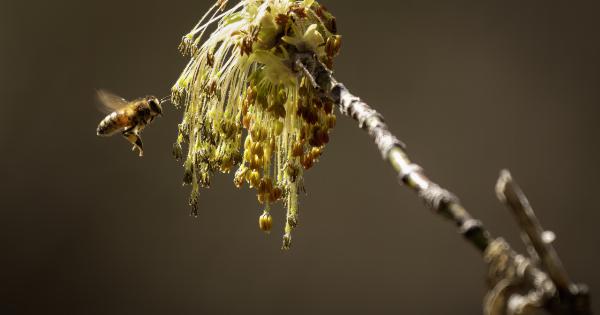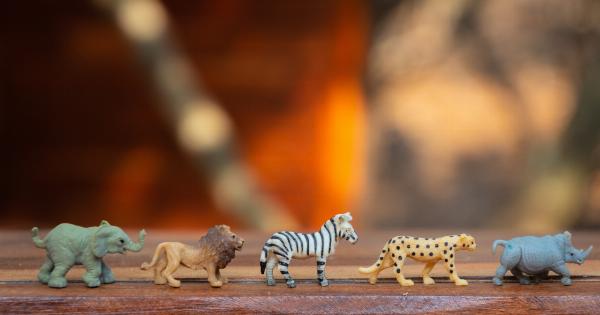Plates are one of the most commonly used items in our daily lives. From serving delicious food to showcasing our culinary creations, plates play a vital role in our dining experiences.
But have you ever wondered about the journey of a plate, starting from its raw material to becoming a finished product? In this article, we will take you through the intriguing process of how a simple sheet of metal transforms into a functional and aesthetically pleasing plate.
Raw Materials: Steel and Aluminum
The first step in the journey of a plate begins with the selection of raw materials. Plates are usually made from steel or aluminum, as these materials offer durability and strength.
Steel is often chosen for its resilience and ability to withstand high temperatures, while aluminum is preferred for its lightweight nature.
Cutting and Shaping
Once the raw materials are chosen, the next step involves cutting the metal sheets into the desired shape of a plate. Large machines called shears are used for this purpose.
These powerful tools can cut through the metal with precision, ensuring that each piece is uniform in size and shape.
After the cutting process, the metal sheets are heated to soften them, making them easier to shape. Hydraulic presses are then used to mold the flat sheets into the curved shape of a plate.
This process requires careful calibration to ensure that the plates achieve the perfect curvature.
Smoothing and Polishing
After shaping, the plates undergo a series of smoothing and polishing processes. These processes are essential to remove any rough edges or imperfections on the surface of the plate.
Grinding machines equipped with abrasive wheels are used to smooth out the edges and create a uniform finish.
Once the plates are smoothened, they go through a polishing process which involves buffing them with fine abrasive materials.
This not only enhances the visual appeal of the plates but also contributes to their functionality by creating a smooth surface that is easy to clean.
Coating and Decoration
After achieving the desired shape and finish, the plates may undergo an additional coating and decoration process. This step is optional and depends on the intended use and design of the plates.
Coatings such as enamel or ceramic can be applied to enhance the durability and aesthetic appeal of the plates.
Moreover, plates can be decorated through various techniques like screen printing, decal application, or hand-painting. These decorative elements add a personal touch and make each plate unique.
Whether it’s a delicate floral pattern, a vibrant design, or a simple monochromatic look, the decoration process allows for endless creativity.
Quality Control and Testing
Once the plates are manufactured, they undergo strict quality control measures to ensure they meet the necessary standards. This involves rigorous testing to assess the plates’ durability, resistance to breakage, and heat conductivity.
Furthermore, the plates are examined for any visual defects or irregularities that may have occurred during the manufacturing process.
By adhering to these quality control standards, manufacturers can guarantee that the plates are safe to use and will withstand the demands of everyday life.
Packaging and Distribution
After passing the quality control tests, the plates are ready to be packaged and distributed to various retailers and consumers. They are carefully stacked and packed to minimize the risk of damage during transportation.
From here, the plates embark on their journey to reach homes, restaurants, hotels, and other establishments where they will fulfill their purpose – serving meals and adding elegance to dining experiences.
Sustainability
The journey of a plate doesn’t end with its use. In recent years, there has been a growing emphasis on sustainability in the production and disposal of plates.
Manufacturers are now opting for eco-friendly materials and adopting recycling programs to reduce waste.
Plastic plates, which pose a significant environmental threat, are being replaced with biodegradable alternatives made from natural fibers or compostable materials.
Additionally, recycling initiatives enable used plates to be transformed into new products, reducing the environmental impact of discarded plates.
The Endless Possibilities
The journey of a plate from raw material to finished product is a captivating process that showcases the craftsmanship and technology involved in meeting our dining needs.
From the selection of raw materials to the manufacturing techniques, each step contributes to creating plates that are both functional and aesthetically pleasing.
Next time you sit down for a meal, take a moment to appreciate the journey your plate has gone through, symbolizing the combination of creativity, engineering, and dedication to excellence.
